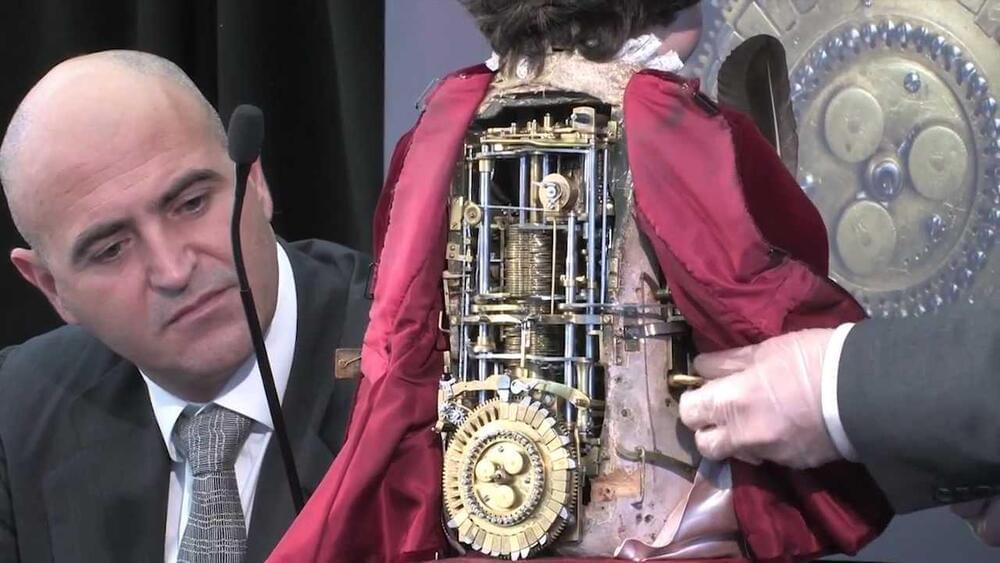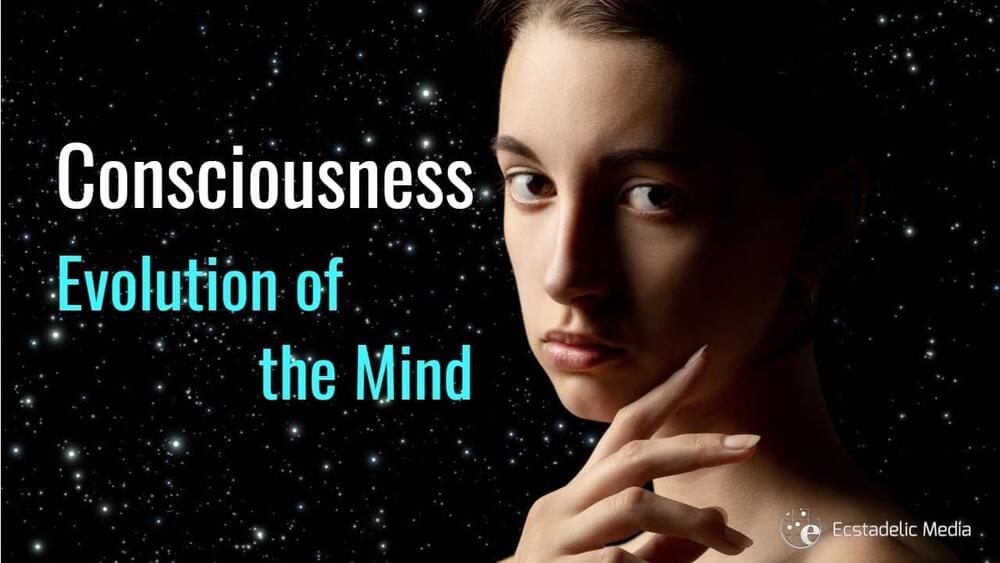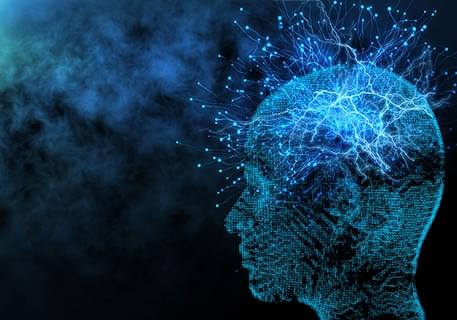Telegraphs and computers helped scientists reimagine the mind, writes Matthew Cobb in The Idea of the Brain.


Telegraphs and computers helped scientists reimagine the mind, writes Matthew Cobb in The Idea of the Brain.

Google is secretly working with the world’s leading neuroscientists on mapping the entire Human Brain. Neuroscientists at have released the most detailed 3D map of the mammalian brain ever made. Google has helped them by funding their goal to create the most detailed map yet of the connections within the human brain. It reveals a staggering amount of detail, including patterns of connections between neurons, as well as what may be a new kind of neuron.
The applications in the field of Brain Computer Interfaces or understanding medical conditions are staggering. But it’s doubtful that this will just help companies such as Neuralink develop advanced future brain computer interfaces and will likely lead to Google doing evil things by understanding people’s way of thinking and delivering ads to them.
–
If you enjoyed this video, please consider rating this video and subscribing to our channel for more frequent uploads. Thank you! smile
–
TIMESTAMPS:
00:00 A Paradigm Shift in Brain Research.
00:53 What did actually happen?
02:54 How Scientists mapped the Human Brain.
05:05 What this does for neuroscientists.
06:23 How long until we understand the Brain?
08:08 Last Words.
–
#google #bci #neuralink

For example, scientists recently treated a patient’s severe depression with a neural implant that zaps her brain 300 times per day and, she says, has allowed her to spontaneously laugh and feel joy for the first time in years. Of course, the treatment requires an electrode implanted deep into the brain, which currently reserves it for the most extreme medical cases — but as brain interface tech inexorably becomes more advanced and widely available, there’s no reason such a device couldn’t become a consumer gadget as well.
At the research’s current rate of trajectory, experts told Futurism, the tech could conceivably hit the market in just a few years. But what we don’t know is what it will mean for us, psychologically as individuals and sociologically as a society, when we can experience genuine pleasure from the push of a button. And all those questions become even more complex, of course, when applied to the messy world of sex.
“A big question that remains unanswered is whether sextech will ultimately become a complement to our sex lives or a substitute,” Kinsey Institute research fellow Justin Lehmiller, an expert on sex and psychology, told Futurism.

Cybernetics can be defined as a multidisciplinary approach to study feedback-driven systems of control between animal and machine.

It is designed to activate white blood cells found in the lymph nodes on the sides and back of the neck to migrate to the brain and trigger clearance of beta-amyloid plaques — one of the hallmarks of Alzheimer’s. I-Mab Biopharma (I-Mab) and Jiangsu Nhwa Pharmaceutical (NHWA) are responsible for the development, manufacturing and commercialization of Protollin.
The trial represents the culmination of nearly 20 years of research led by Dr. Howard L. Weiner, co-director of the Ann Romney Center for Neurologic Diseases at the Brigham.
“The launch of the first human trial of a nasal vaccine for Alzheimer’s is a remarkable milestone,” said Weiner. “Over the last two decades, we’ve amassed preclinical evidence suggesting the potential of this nasal vaccine for AD. If clinical trials in humans show that the vaccine is safe and effective, this could represent a nontoxic treatment for people with Alzheimer’s, and it could also be given early to help prevent Alzheimer’s in people at risk.”

The Neuro-Network.
𝘼 𝙠𝙚𝙮 𝙗𝙧𝙖𝙞𝙣 𝙧𝙚𝙜𝙞𝙤𝙣 𝙧𝙚𝙨𝙥𝙤𝙣𝙙𝙨 𝙩𝙤 𝙛𝙖𝙘𝙚𝙨 𝙨𝙞𝙢𝙞𝙡𝙖𝙧𝙡𝙮 𝙞𝙣 𝙞𝙣𝙛𝙖𝙣𝙩𝙨 𝙖𝙣𝙙 𝙖𝙙𝙪𝙡𝙩𝙨
𝙎𝙩𝙪𝙙𝙮 𝙨𝙪𝙜𝙜𝙚𝙨𝙩𝙨 𝙩𝙝𝙞𝙨 𝙖𝙧𝙚𝙖 𝙤𝙛 𝙩𝙝𝙚 𝙫𝙞𝙨𝙪𝙖𝙡 𝙘𝙤𝙧𝙩𝙚𝙭 𝙚𝙢𝙚𝙧𝙜𝙚𝙨 𝙢𝙪𝙘𝙝 𝙚𝙖𝙧𝙡𝙞𝙚𝙧 𝙞𝙣 𝙙𝙚𝙫𝙚𝙡𝙤𝙥𝙢𝙚𝙣𝙩 𝙩𝙝𝙖𝙣 𝙥𝙧𝙚… See more.
In a functional magnetic resonance imaging study of babies ranging in age from two to nine months, MIT researchers have found regions of the infant visual cortex that show strong preferences for either faces, bodies, or scenes, just as they do in adults.



LifeArc scientists, in collaboration with researchers in the UK and Germany, have developed a promising new approach to potentially treat Alzheimer’s disease – and also vaccinate against it.
Both the antibody-based treatment and the protein-based vaccine developed by the team reduced Alzheimer’s symptoms in mouse models of the disease. The research is published today in Molecular Psychiatry.
LifeArc and researchers in the UK & Germany have developed a promising new approach to potentially treat Alzheimer’s.
